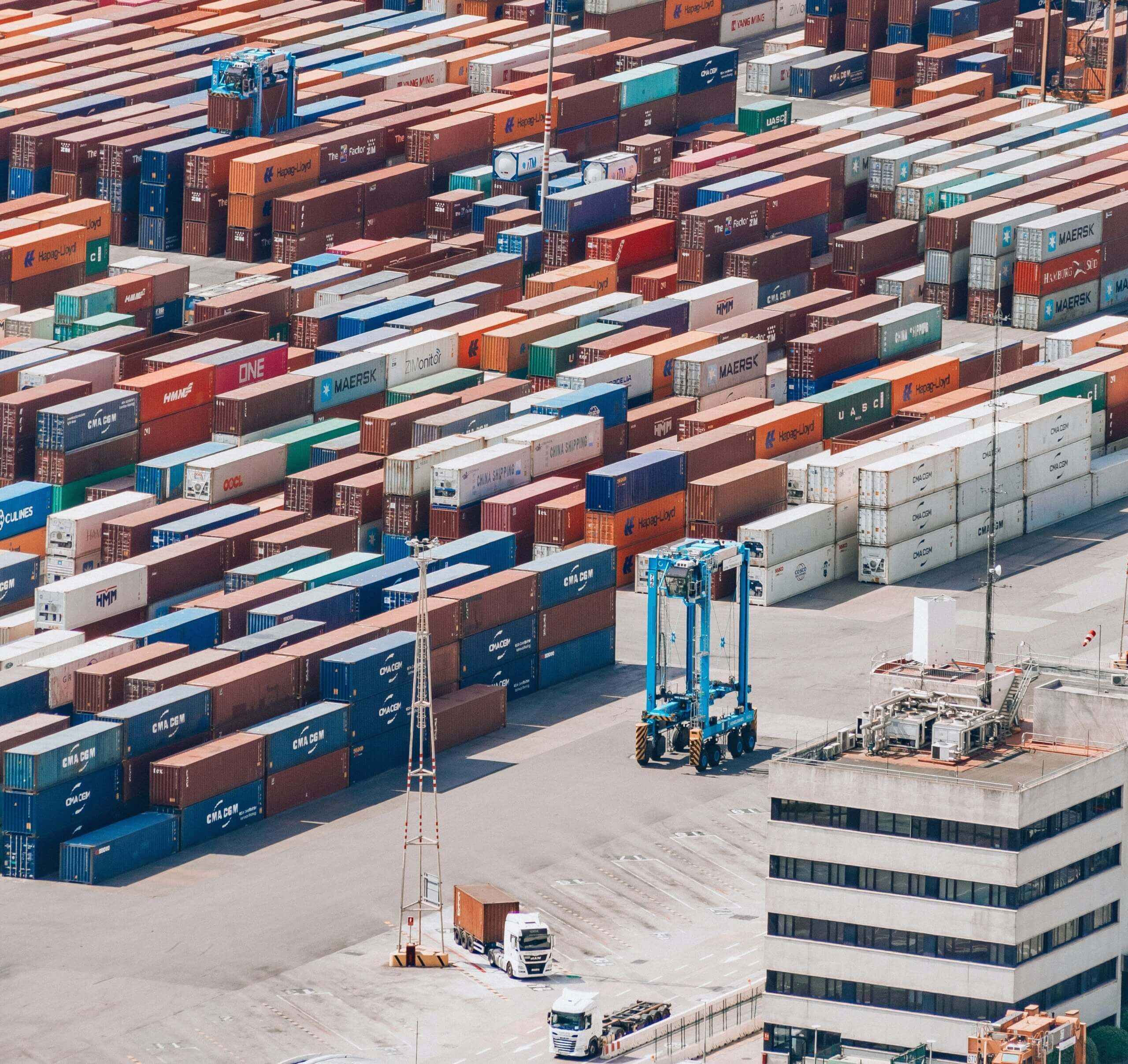Spiraling costs and disruption in last mile are making it more difficult than ever for retailers to keep up with demand. Customers expect rapid deliveries they can track to their doorstep, but this puts an unprecedented strain on profitability and supply chain sustainability.
As capacity issues increase, so do delivery rates. An increase in shipping base rates, surcharges and fuel costs have driven the average cost of last mile delivery up to a whopping $10.10 per package delivered and last mile now comprises 53% of overall delivery costs. The increasing cost and high levels of inventory further decrease profit margins, while rising empty miles and less environmentally friendly freight methods like air and road are marking an upsurge in scope 3 emissions. In fact, 27% of supply chain professionals now rank sustainable delivery in their top three customer demands.
However, this last mile disruption can be drastically reduced with effective adoption of end-to-end supply chain visibility, Artificial Intelligence (AI) and Machine Learning (ML). Reduced disruption means that goods are in the right place at the right time, leading to reduced levels of inventory and ultimately, increased profitability.
The first step is visibility
Driven by consumer demand for fast fulfillment, businesses are holding product closer to customers, but this makes it more difficult for them to forecast how much inventory they need and where. Add an increase in popularity of new delivery options into the mix such as BOPIS, click and collect lockers, and buy-in-store-ship-home, and effective stock management becomes even more challenging. If retailers cannot ship a product because of a capacity, inventory, or service constraint, this has a direct impact on customer satisfaction and NPS scores.
Getting inventory to the right place at the right time depends on end-to-end visibility. This is not just important in the first and middle mile, but extremely important in the last mile due to customer tracking demands. Consumers want to be kept in the loop throughout the entire delivery cycle. From predicted delivery dates in pre-purchase, to updates when deliveries dates and times change, right through to returns, customer experience is the key measure of last mile success.
Supply chain boom in augmented intelligence
But more data does not mean better results. To enhance visibility and improve inventory and last mile management, it is important to invest in emerging technology areas to sift through the data and fuel better decisions. According to the Gartner Supply Chain User Wants and Needs Study, 66% of CSCOs state that AI and ML are extremely important, and the retail sector above average in AI adoption. Bringing together the best of human and artificial intelligence creates an ‘augmented intelligence’ landscape, where AI and ML work as a support to teams to deliver more efficient last mile operations.
There has been a huge acceleration in the capability and availability of AI and ML in the last few years, with an explosion of potential applications in both e-commerce and brick and mortar retail. In last mile, this technology can play a vital role in planning and execution, integrating with visibility data to provide businesses with advanced analytics and highly accurate predictive ETAs. It informs route optimization, tackling the complexity of today’s logistic networks, multimodal variables, increasing uncertainty of production and disruption of supply chains with ease. Now is the time to strike, with predictive ETAs ranking highly for both feasibility and business value in Gartner’s AI Use-Case Prism for Transportation and route optimization helping businesses to lower emissions and fuel costs.
AI and ML has wedged the door open for collaboration
In addition to the operational benefits of AI and ML, this technology provides a route to collaboration. Companies that collaborate effectively across the supply chain have garnered reductions in inventories and logistics costs, together with improvements in speed, service levels, and customer satisfaction. This collaboration has taken on much greater urgency and importance due to the recent increases in complexity and cost levels.
Historically, data has been the missing link for true supply chain collaboration. To allow effective coordination between internal departments and external partners, businesses need an optimized flow of data, and this is where visibility, AI and ML come in to play. Meeting demand and ensuring on-time, in-full delivery means establishing real-time, shared visibility and processes with partners. AI and ML solutions identify issues and quickly resolve them, or flag them to teams for further action.
Communicating with upstream and downstream partners gives everyone a holistic picture of their role in the end-to-end supply chain and what needs to be done for it to function at its best. By sharing information with each other, you can ensure that your operations are working in harmony with consumer demand, facilitating more effective inventory forecasting, managing and resolving exceptions, and lowering risk levels.
The most effective way to battle rising last-mile costs is to focus on end-to-end supply chain visibility. To make AI and ML investments that add value to your business, they need to be backed by robust data. Collaboration between partners and integration of this data will be the key to improving profitability and reducing Scope 3 emissions, with effective integration of AI and ML supporting businesses to succeed. As we move to a last mile of autonomous vehicles, drone delivery and robots, the importance of accurate, consistent and integrated visibility data, backed by AI and ML, will be more vital than ever, for our safety, security and last mile efficiency.



